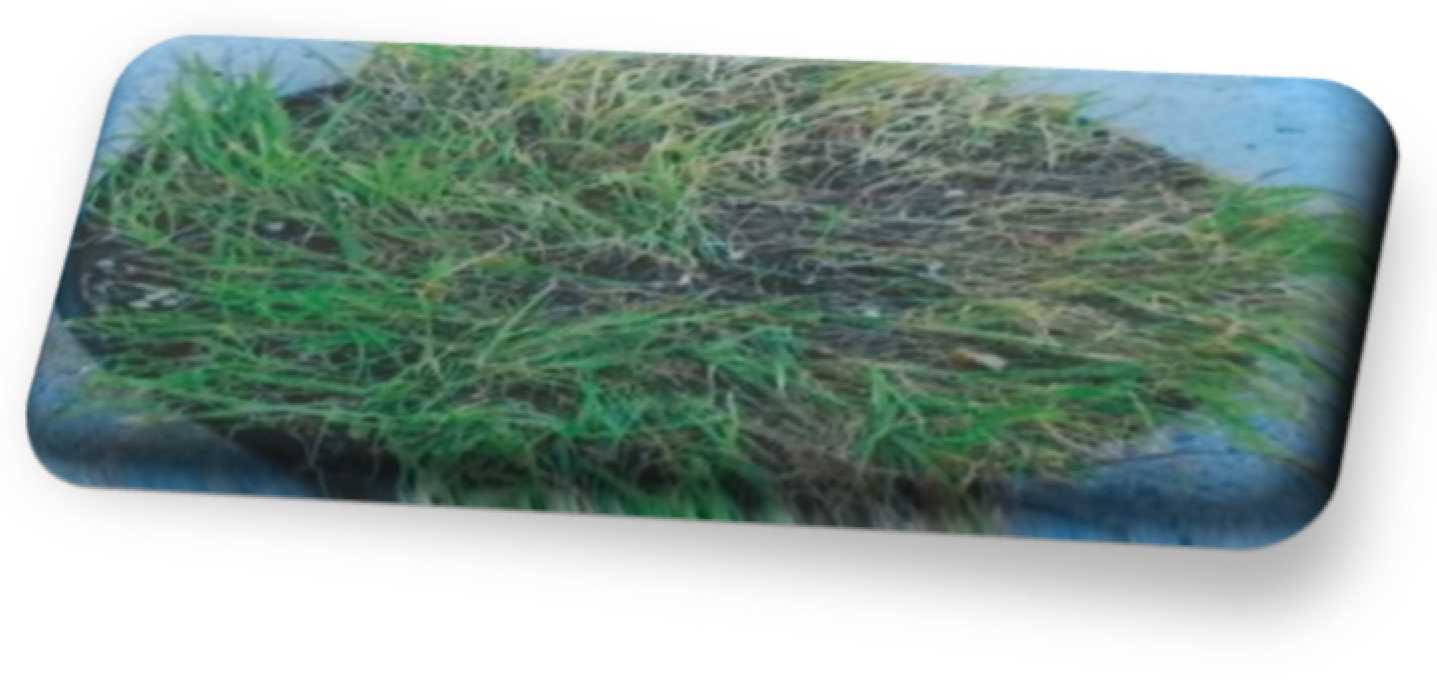Assessment of Soil Texture on Triticum aestivum Growth †
Abstract
:1. Introduction
1.1. Types of Soil on the Basis of Nutrients
1.2. Physical Properties of Clay Soil
- Clay is a fine-grained natural rock or soil material that combines one or more clay minerals with traces of metal oxides and organic matter;
- Geologic clay deposits are mostly composed of phyllosilicate minerals containing a variable amount of water trapped in the mineral structure;
- Clay is plastic due to the water content, and becomes hard, brittle, and non-plastic upon drying;
- Depending upon the content of the soil in which it is found, clay can appear in various colors, from white to dull grey or brown to deep orange-red [6].
1.3. Physical Properties of Sandy Soil
- Sandy soil has a light texture and loose structure, which causes rapid water drainage;
- This can lead to low fertility; however, with the addition of some compost, manure, or leaf mold, sandy soil can grow a satisfactory garden;
- Sandy soil dries quickly, and it is easy to work in this type of soil;
- Sand is primarily composed of finely granulated silica and, depending on its location, shell fragments;
- It is lightweight and easily transported by wind and water;
- Its composition directly affects its color, resulting in black, white, pink and green coloring [7].
1.4. Physical Properties of Silt Soil
- The soil is different from sandy soil, having a greater tendency to form a crust that is often very hard;
- If it is over-tilled, it can become compact, which decreases its ability to infiltrate water in wet periods;
- In dry conditions, it can become hard and difficult to till;
- However, it is generally easy to fill and can store a considerable amount of water;
- Silt soil requires good reconsolidation, although tillage in wet conditions should be avoided.
1.5. Physical Properties of Loamy Soil
- Loam soil is composed of most of the sand, silt, and a smaller amount of clay;
- Its composition is about a 20–40% concentration of sand, silt, and clay, respectively;
- These properties can vary to a degree; however, this results in different types of loam soil, silty loam, sandy loam, clay loam, sandy loam, silty clay loam, and loam.
2. Materials and Methods
3. Results
4. Conclusions
References
- Senapati, N.S.; Ghosh, A.R. Towards management practices for sustainable agriculture: Modelling initiative. SATSA Mukhapatra-Annu. Tech. Issue 2015, 19, 49–58. [Google Scholar]
- Duxbury, J.M.; Abrol, I.P.; Gupta, R.K.; Bronson, K.F. Analysis of long-term soil fertility experiments with rice-wheat rotations in South Asia. Rice-Wheat Consort. Pap. Ser. 2000, 6, 7–22. [Google Scholar]
- Saxton, K.E.; Rawls, W.J. Soil Water Characteristic Estimates by Texture and Organic Matter for Hydrologic Solutions. Soil Sci. Soc. Am. J. 2006, 70, 1569–1578. [Google Scholar] [CrossRef] [Green Version]
- Liu, H.L.; Yang, J.Y.; Drury, C.A.; Reynolds, W.D.; Tan, C.S.; Bai, Y.L.; Hoogenboom, G. Using the DSSAT-CERES-Maize model to simulate crop yield and nitrogen cycling in fields under long-term continuous maize production. Nutr. Cycl. Agroecosyst. 2011, 89, 313–328. [Google Scholar] [CrossRef]
- Wright, S.F.; Upadhyaya, A. A survey of soils for aggregate stability and glomalin, a glycoprotein produced by hyphae of arbuscular mycorrhizal fungi. Plant Soil 1998, 198, 97–107. [Google Scholar] [CrossRef]
- Haines, W. Studies in the physical properties of soil. V. The hysteresis effect in capillary properties, and the modes of moisture distribution associated therewith. J. Agric. Sci. 1930, 20, 97–116. [Google Scholar] [CrossRef]
- Horn, R.; Taubner, H.; Wuttke, M.; Baumgartl, T. Soil physical properties related to soil structure. Soil Tillage Res. 1994, 30, 187–216. [Google Scholar] [CrossRef]



Publisher’s Note: MDPI stays neutral with regard to jurisdictional claims in published maps and institutional affiliations. |
© 2021 by the authors. Licensee MDPI, Basel, Switzerland. This article is an open access article distributed under the terms and conditions of the Creative Commons Attribution (CC BY) license (https://creativecommons.org/licenses/by/4.0/).
Share and Cite
Rashid, M.; Kanwal, S.; Ghafar, S.; Nawwal, K.; Ajmal, S.; Rasib, S. Assessment of Soil Texture on Triticum aestivum Growth. Eng. Proc. 2021, 12, 14. https://doi.org/10.3390/engproc2021012014
Rashid M, Kanwal S, Ghafar S, Nawwal K, Ajmal S, Rasib S. Assessment of Soil Texture on Triticum aestivum Growth. Engineering Proceedings. 2021; 12(1):14. https://doi.org/10.3390/engproc2021012014
Chicago/Turabian StyleRashid, Muhammad, Sana Kanwal, Sana Ghafar, Komal Nawwal, Sana Ajmal, and Saima Rasib. 2021. "Assessment of Soil Texture on Triticum aestivum Growth" Engineering Proceedings 12, no. 1: 14. https://doi.org/10.3390/engproc2021012014
APA StyleRashid, M., Kanwal, S., Ghafar, S., Nawwal, K., Ajmal, S., & Rasib, S. (2021). Assessment of Soil Texture on Triticum aestivum Growth. Engineering Proceedings, 12(1), 14. https://doi.org/10.3390/engproc2021012014





